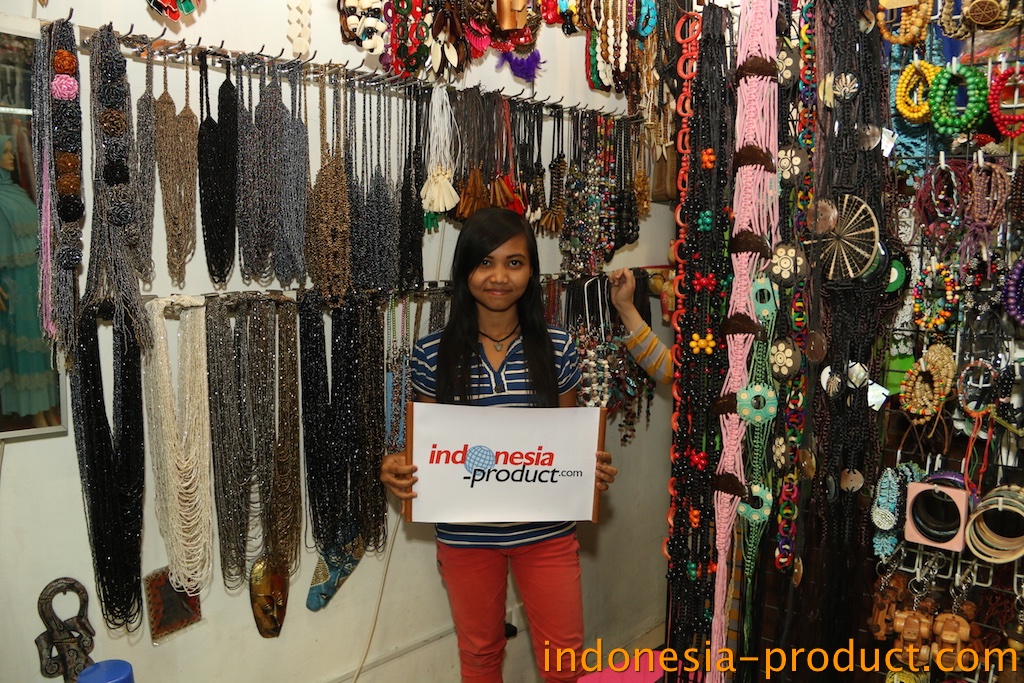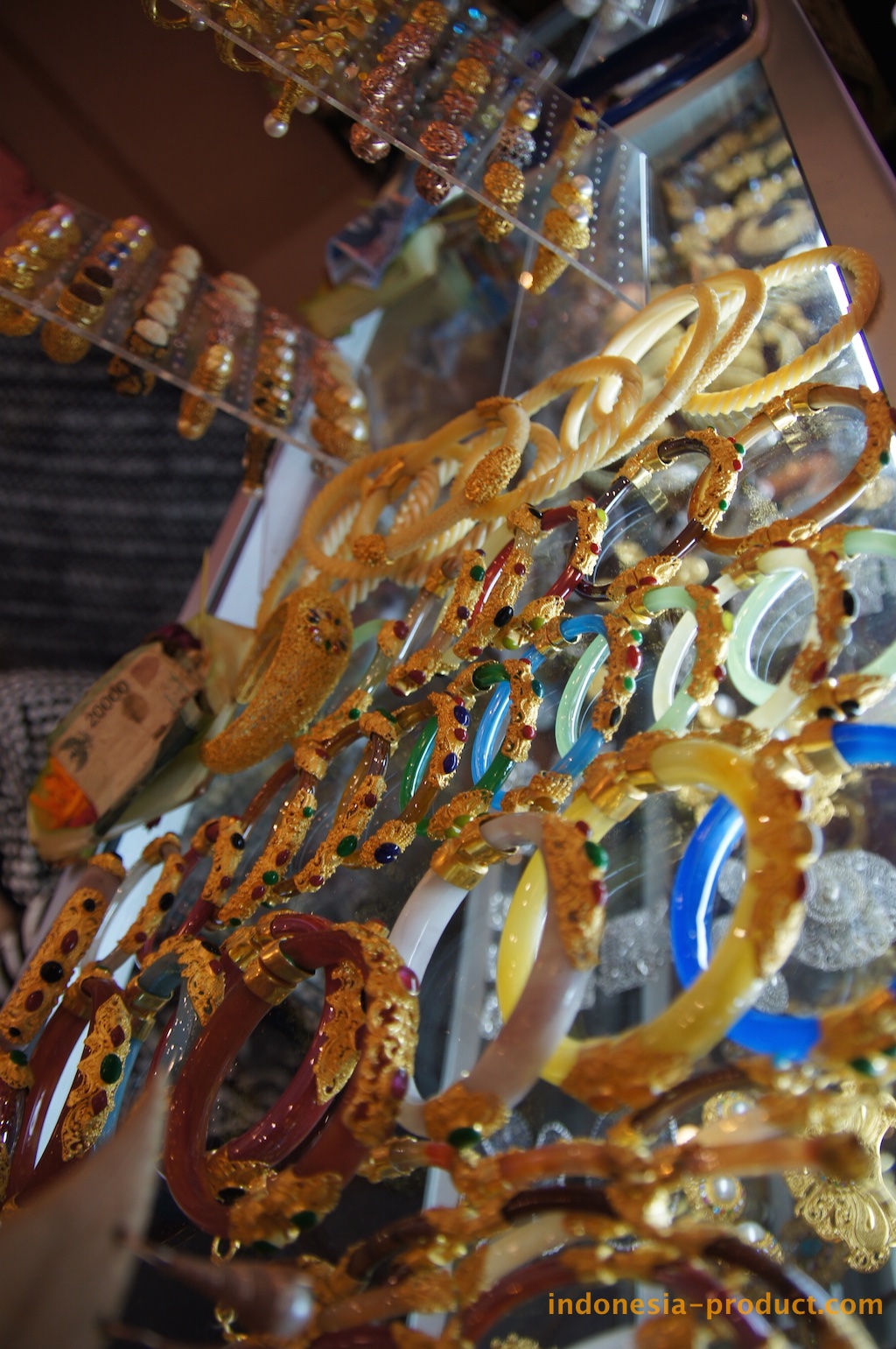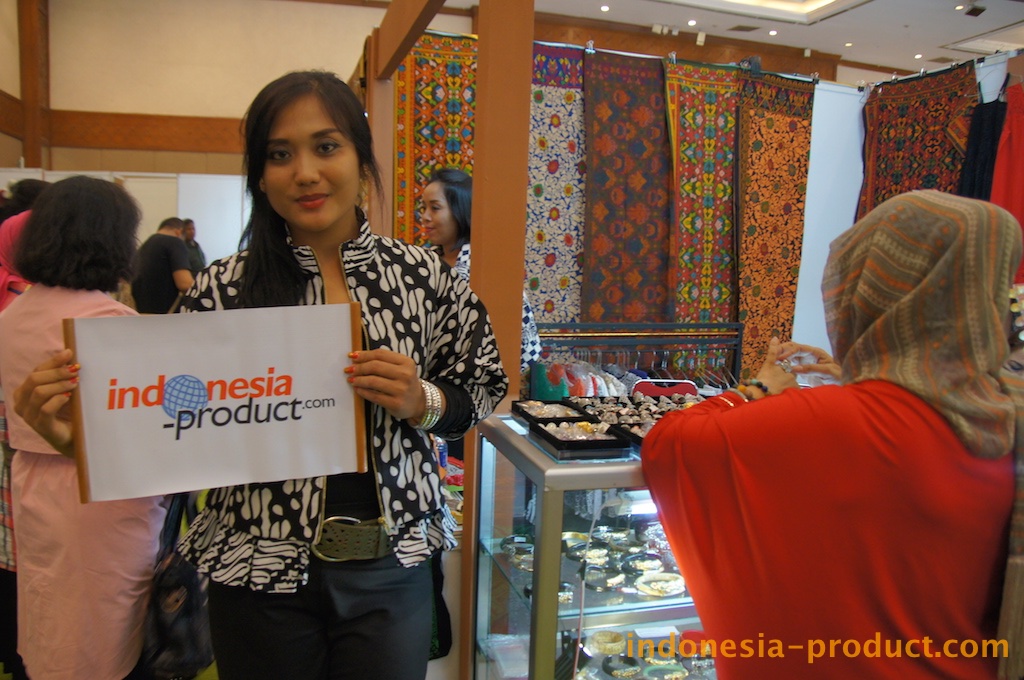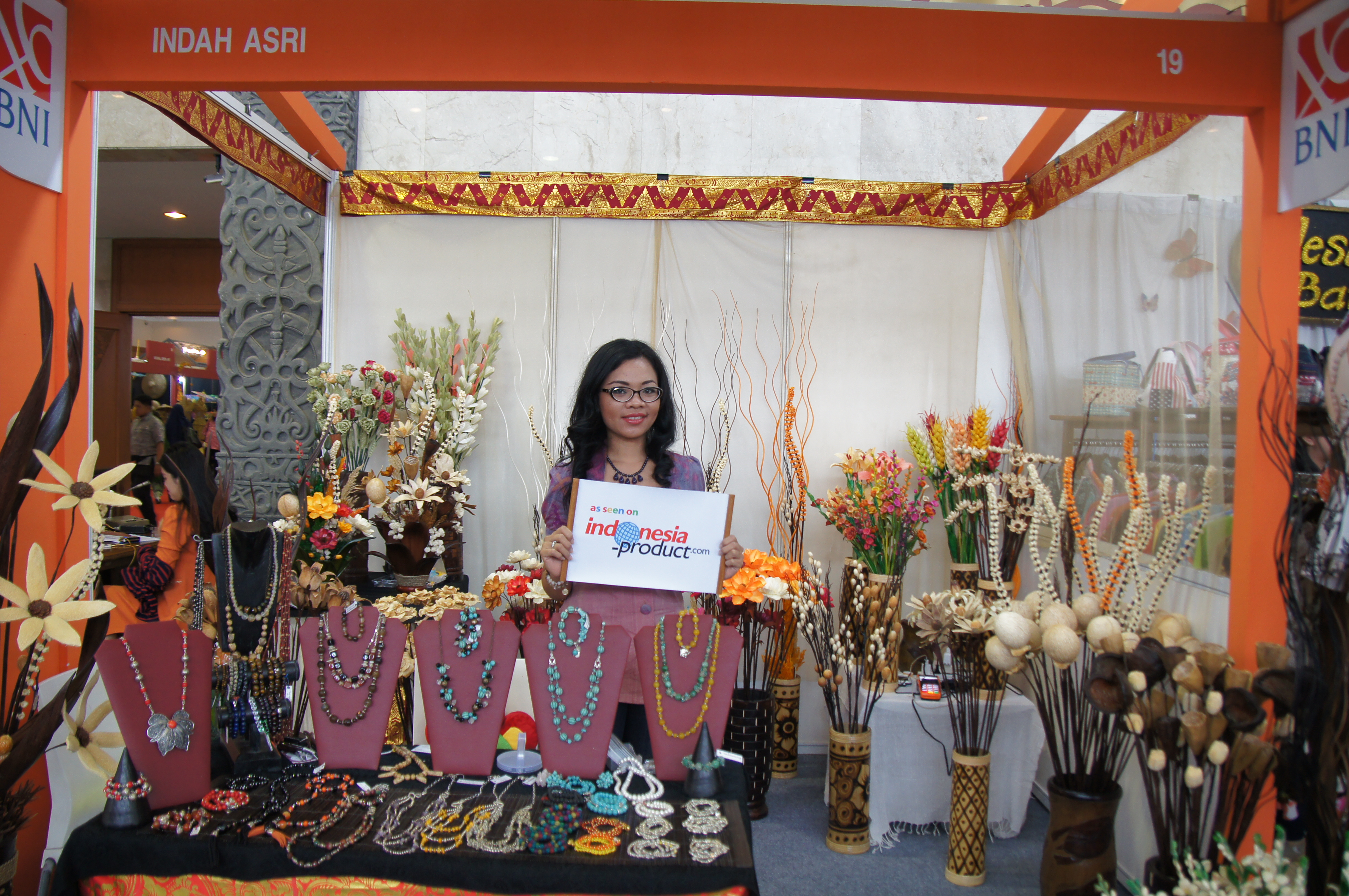Indy women get Kmart’s ‘lead-free’ jewelry pulled
Indianapolis Star, United States
Effort by 2 whose work targets lead poisoning began after 1 tested items she bought for child
Two Indianapolis women at the forefront of local efforts to fight lead poisoning are being credited with forcing Kmart to remove costume jewelry labeled “lead-free.”
Karla Johnson, manager of the Lead-Safe and Healthy Homes Program of the Marion County Health Department, got the ball rolling when she tested jewelry for her 18-month-old daughter and found it to be 52 percent lead.
She then turned to Janet McCabe, executive director of Indianapolis-based Improving Kids’ Environment, to help push for action.
“If my daughter would’ve ingested that charm, she could’ve died,” Johnson said in an interview Saturday.
“We’ve gotten used to hearing stories that this or that has lead in it,” McCabe said in a separate interview. “What’s different about this is that these were marked ‘lead-free.’ And when parents are doing their best to find things that are safe for their children, this really concerns me.”
Kmart said Friday it will remove all costume jewelry labeled “lead-free” and sold throughout the U.S. after Johnson’s findings.
Most of the jewelry is part of the Accessories brand line, said Kimberly Freely, a spokeswoman for Sears Holdings Corp., Kmart’s parent company.
The company didn’t know whether other brands would be affected or how many items would be taken off the shelves.
The jewelry, consisting of matching earnings and necklaces, was made in various locations worldwide.
Johnson discovered the lead in the jewelry after she bought it at her local Kmart about a month ago.
She said she was killing time at the Kmart on East Washington Street while her children were practicing football when she found cute earrings and a necklace that she liked for her daughter Gabriella Herner.
“I was really glad to see lead-free jewelry. I immediately grabbed them and said, ‘This is fantastic,’ ” said Johnson.
Later, she tested the jewelry with a hand-held X-ray fluorescent lead analyzer, provided by her employer.
“I was completely blown away at the positive result,” Johnson said. “I thought because they were labeled as ‘lead-free,’ they were safe.”
As soon as Johnson learned about the lead content, she said, she called Kmart and filed a complaint with the Consumer Product Safety Commission. When she didn’t get a response, she enlisted the help of her friend McCabe.
Improving Kids’ Environment is a nonprofit group that works on lead poisoning and other issues affecting children.
McCabe bought about 20 sets of jewelry in another Kmart in Indianapolis, some labeled “lead-free” and others not. In the tests, the “lead-free” jewelry had more lead, on average, than the unmarked sets.
One earring marked “lead-free” had 3,747 parts per million of lead, more than six times the limit proposed by the safety commission, Johnson said.
Lead is toxic if ingested by young children and can cause acute poisoning, seizures, respiratory failure and death, according to the safety commission.
Kmart said its “lead-free” jewelry was “marketed to adults and not intended for children.” The company said it is working with its vendor and the safety commission to test all of its jewelry products and will report any violations.
Kmart has 1,416 stores in 49 states, Guam, Puerto Rico and the U.S. Virgin Islands, according to its Web site.
Johnson has played a key role in the county Health Department’s testing clinics, which have drawn large crowds of concerned parents.
The department only recently purchased the X-Ray Fluorescence Spectrometer, a $35,000 state-of-the art testing instrument capable of making a metal content analysis within 60 seconds, according to Johnson.
Johnson and McCabe say there is much more to be done. McCabe, for example, would like to see a testing system to help parents know whether toys are truly lead-free.
“I think it would be great if there was something at the federal level so that people could have some confidence in what they are buying,” McCabe said. “If they see something marked lead-free (now), they should still be cautious.”
Johnson said she understands why parents are frustrated.
“Because of my job, I have the technology to test anything, but everyone doesn’t have a $35,000 lead-testing machine laying around,” she said.
Johnson said she plans to continue pushing on several fronts.
“It’s a partial victory,” she said. “They are just removing the ones that are ‘lead-free’; they are not necessarily removing all the leaded jewelry. There is still jewelry that we tested that didn’t say ‘lead-free’ but had high levels of lead in it.”
Call Star reporter Cordell Eddings at (317) 444-6308.





